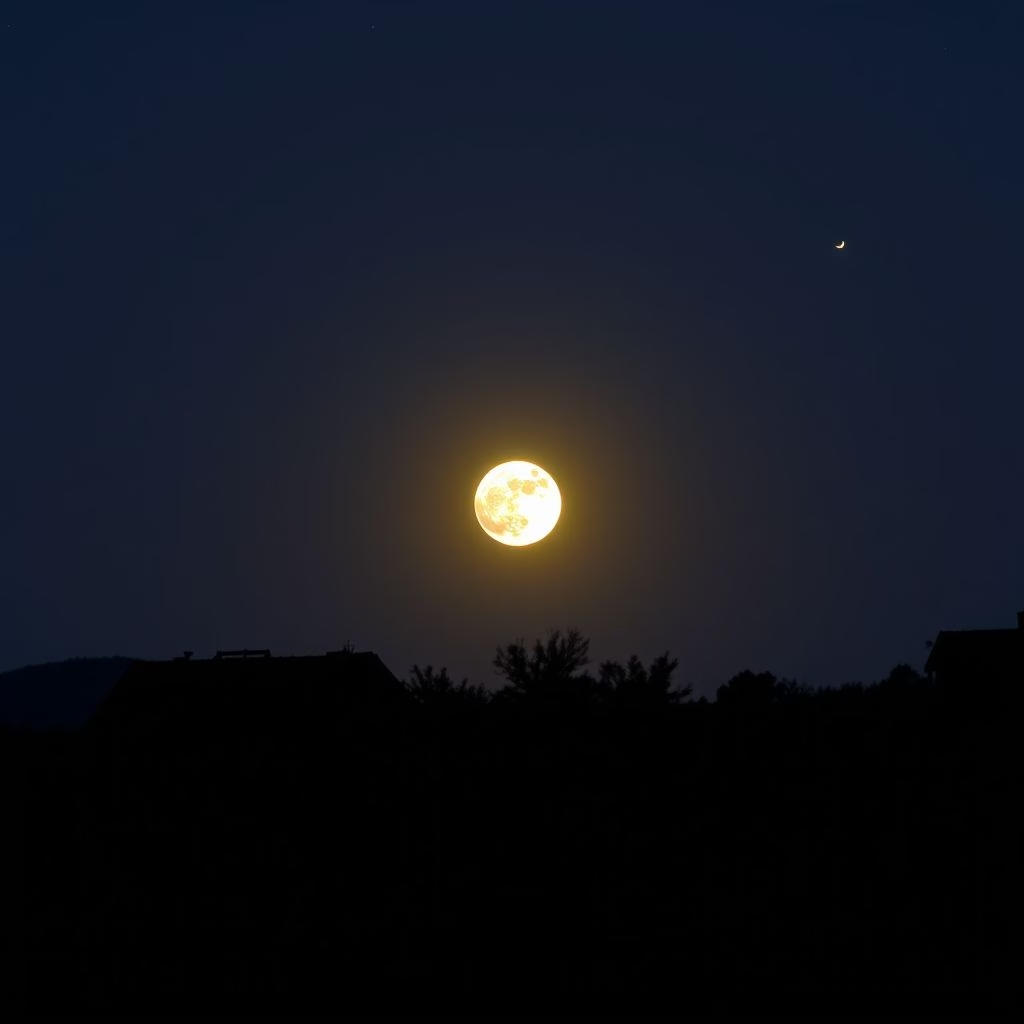Buck Moon Rising: Everything You Need to Know About the July 2025 Full Moon

Buck Moon Rising: A Celestial Spectacle in July 2025
The night sky in July 2025 promises a captivating display as the full moon graces the heavens. But this isn’t just any full moon; it’s the July full moon, often called the Buck Moon. Prepare to be enchanted as we delve into what you can expect from this celestial event.
Why ‘Buck Moon’?
The naming of full moons often ties into the agricultural practices and natural events of the time. The July full moon gets its name, the Buck Moon, because this is the time of year when young male deer, or bucks, begin to grow their new antlers. It’s a fascinating connection between the celestial and the terrestrial, highlighting the interwoven cycles of nature.
Observing the July 2025 Full Moon
Witnessing the Buck Moon is a straightforward yet rewarding experience. Ideally, you’ll want to find a location with minimal light pollution. The moon will be at its fullest when it is directly opposite the sun in the sky. While the precise date and time can vary slightly depending on your location, you can generally expect to see the fully illuminated moon around the middle of July. Keep an eye out for the moon rising in the east around sunset, and setting in the west around sunrise.
One of the best ways to enjoy the full moon is simply by looking up! You don’t need any special equipment, though a pair of binoculars or a small telescope can enhance your viewing experience, allowing you to observe the lunar surface in greater detail.
What to Look For
The July 2025 Buck Moon, like all full moons, will appear as a bright, round orb in the night sky. Its appearance and intensity may vary depending on weather conditions and atmospheric clarity. Pay attention to the surrounding stars and constellations; the full moon often washes out dimmer celestial objects, so you may find it a bit more challenging to spot your favorite constellations. Regardless, the full moon provides a beautiful and awe-inspiring sight.
The Moon’s Journey
The moon orbits the Earth in an elliptical path. This means that at different times of the year, the moon is slightly closer to or further away from Earth. When the full moon occurs, it is at the point of its orbit that is directly opposite the sun relative to Earth. This alignment ensures that the entire face of the moon is illuminated by sunlight, causing it to appear full to observers on Earth.
Tips for Optimal Viewing
To make the most of your Buck Moon viewing experience, here are some tips:
- Choose a Location: Get away from city lights and find a spot with a clear view of the eastern horizon.
- Check the Weather: Clear skies are essential. Monitor the forecast in the days leading up to the full moon.
- Plan Ahead: Know when the moonrise and moonset times are for your specific location. Websites and apps offer this information.
- Bring a Friend: Stargazing is even more enjoyable with company!
- Use Binoculars or a Telescope: Enhance your experience by using magnification tools to observe the lunar surface.
Beyond the Buck Moon: The Lunar Cycle
The full moon is just one phase in the moon’s continuous cycle. Over the course of roughly 29.5 days, the moon progresses through its phases, from new moon to waxing crescent, first quarter, waxing gibbous, full moon, waning gibbous, third quarter, and waning crescent, before returning to a new moon. Understanding these cycles allows you to appreciate the moon’s dynamic nature.
Enjoy the July 2025 Buck Moon and the wonders of the night sky!
Remember to stay informed about celestial events! The night sky offers endless opportunities for discovery.
Further Reading:
https://www.space.com/stargazing/july-full-moon-2025-rises-this-week-heres-what-to-expect-from-the-buck-moon
2025 Full Moon calendar: When to see the Full Moon and phases
https://www.mooninfo.org/moon-phases/full-moon-2025.html




